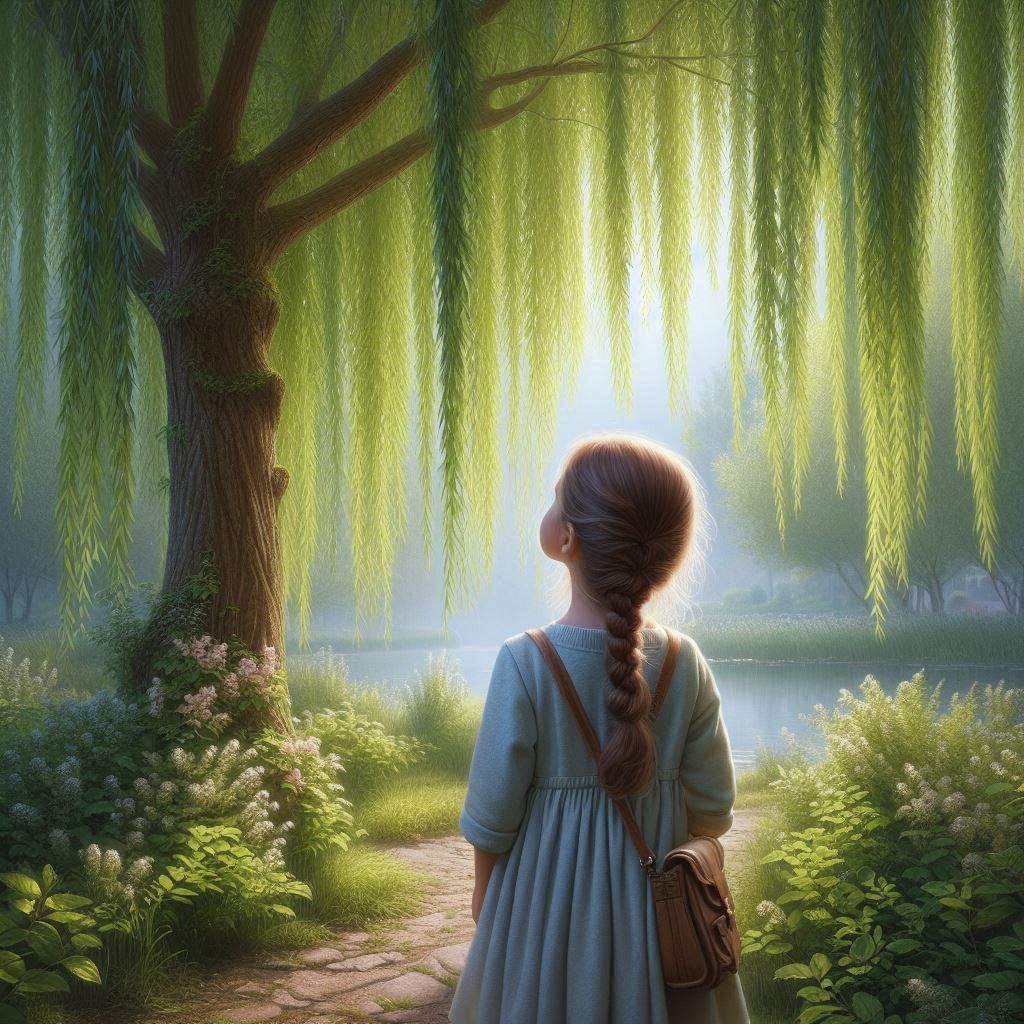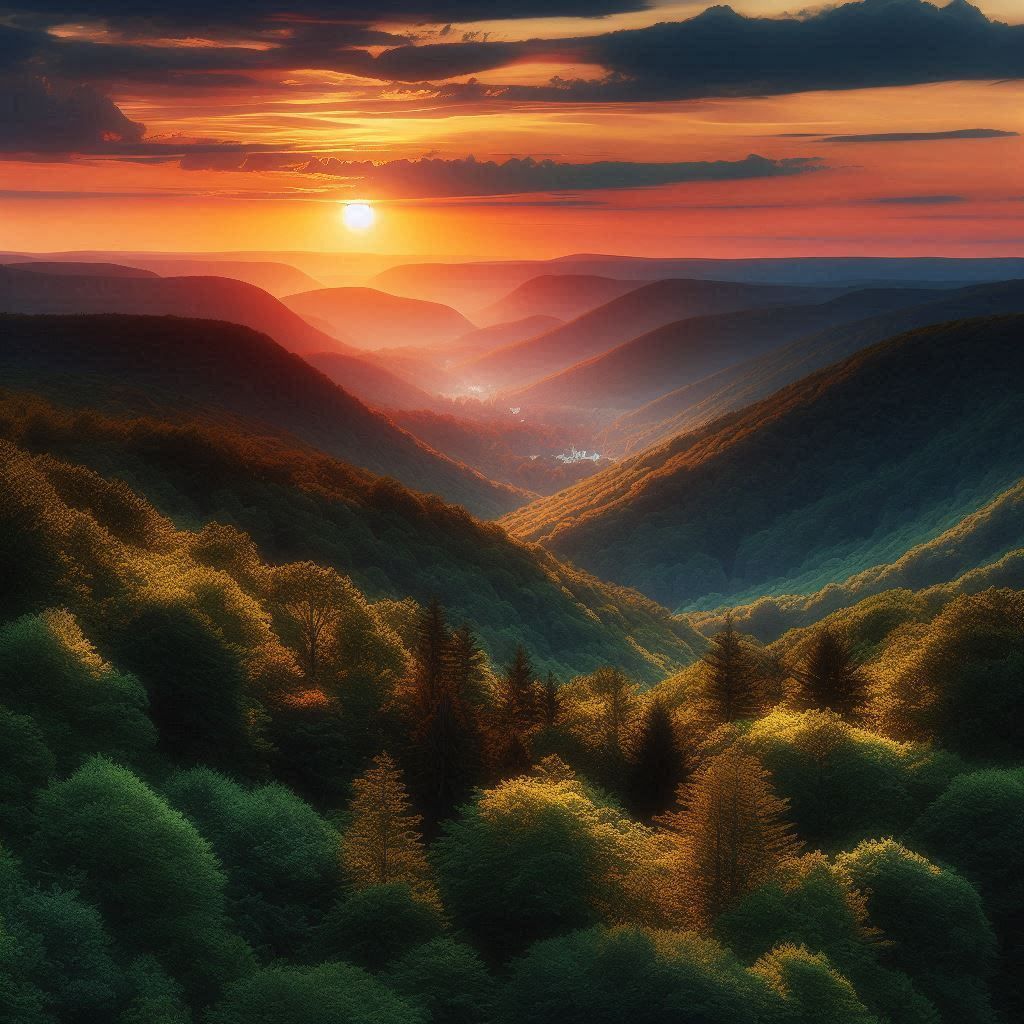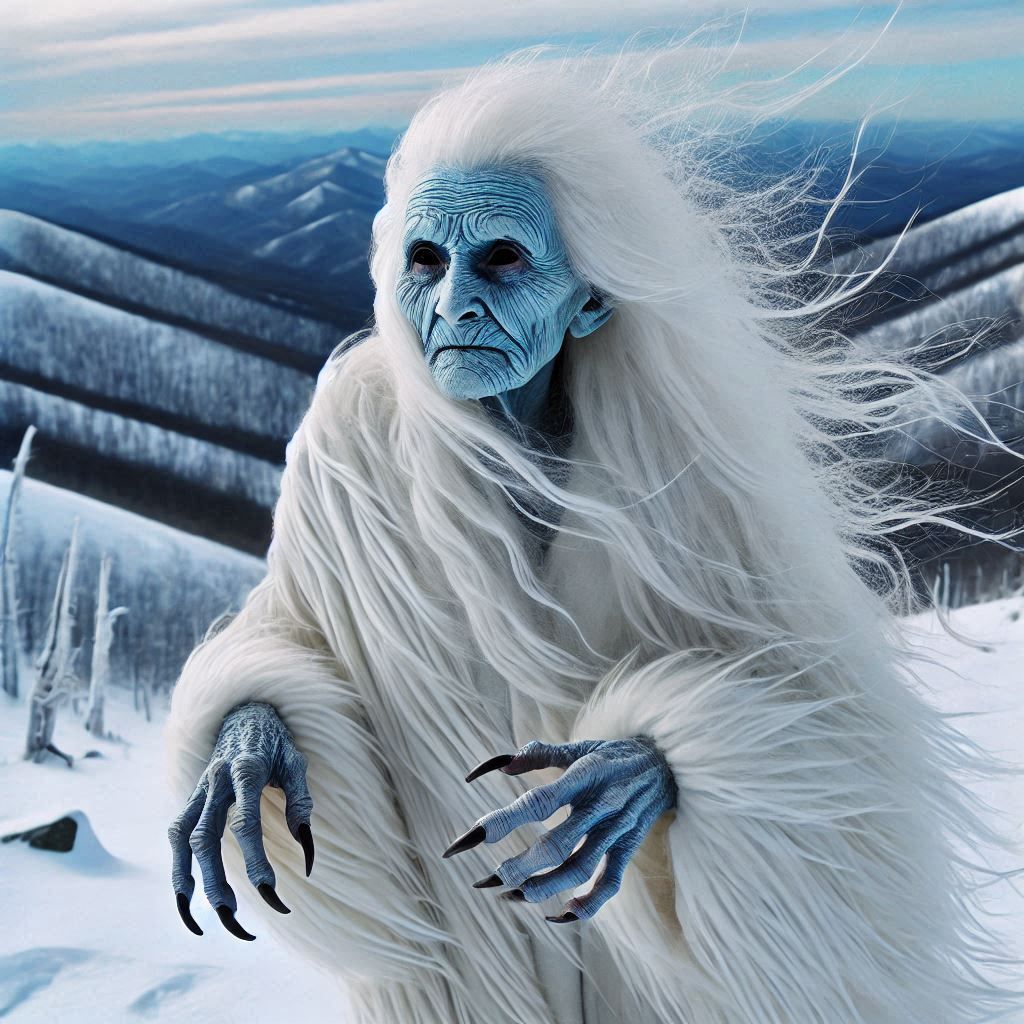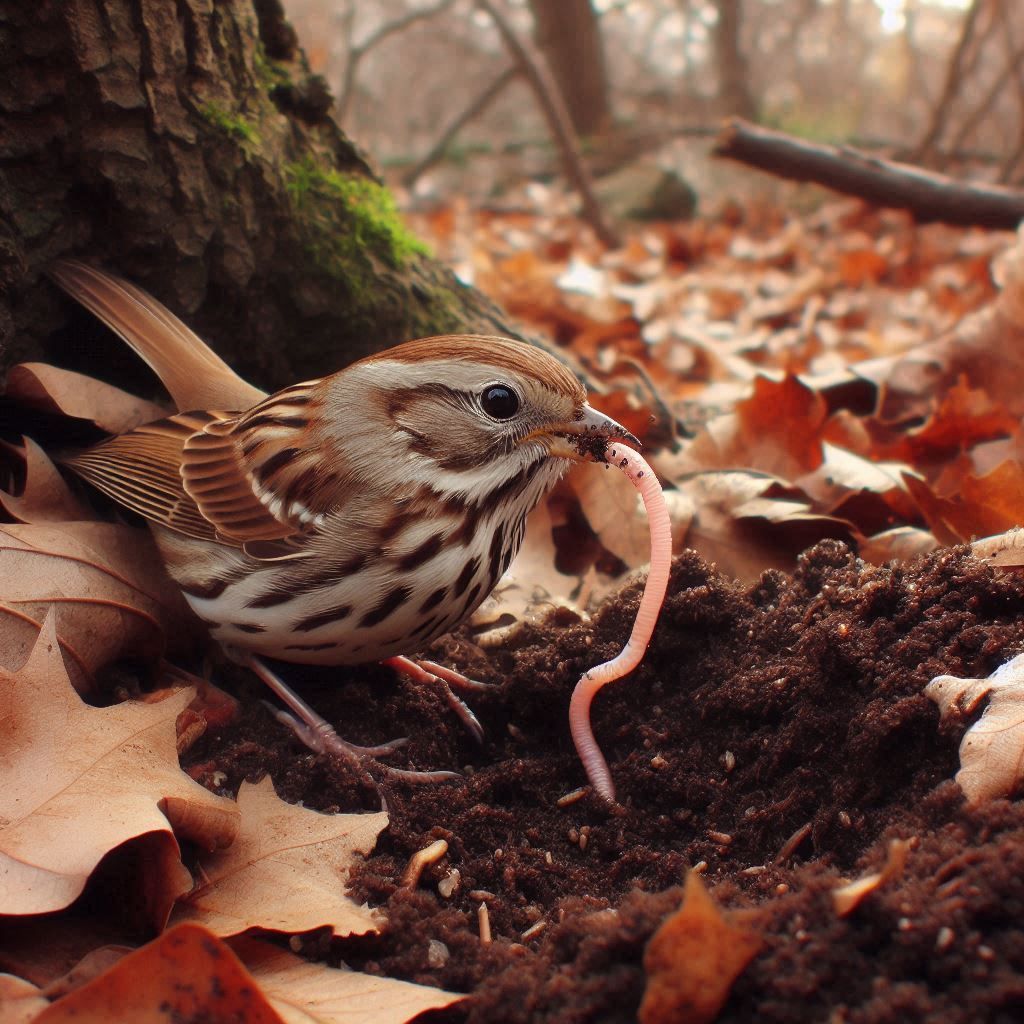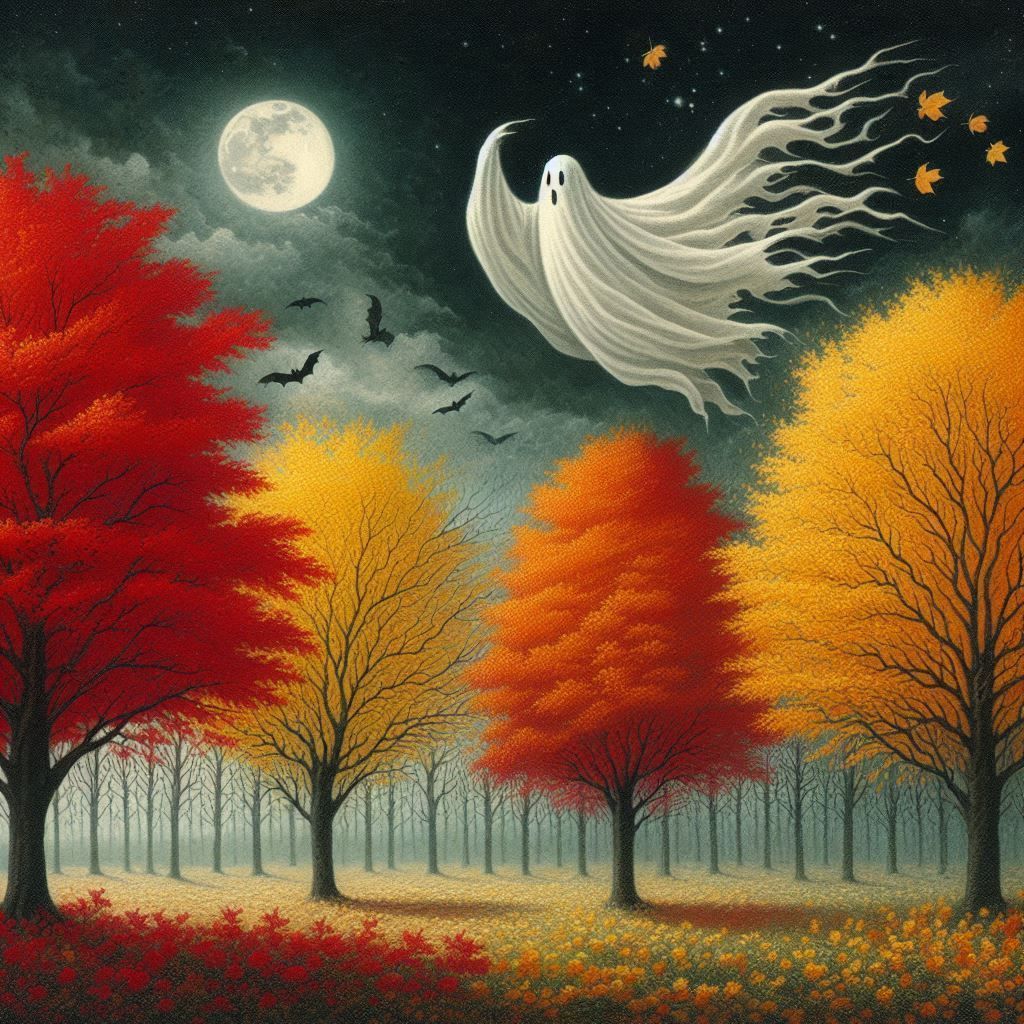Thanksgiving for Hard Frosts, Honorable Hunters, and a Cat
A hard frost has finally visited the Alleghenies. I am smitten by the way it makes each fallen leaf, fading blade of grass, drooping fern, and other languishing ground covers common here in November stand out and look as special as they are. Endearing to me is how hard frost paradoxically softens outlines with a white, feathery frill and sprinkles interiors with ice crystals so dainty I imagine them as speckles of fairy dust.
I am thankful for the hard frost. I am thankful for the striking beauty it creates of the often overlooked failing lowly. Additionally, as a gardener, I am thankful for the downtime it bestows the plants and therefore me. As much as I enjoy my gardens, come autumn, I am more than ready for a break. I can hardly wait for a hard frost to kill off all the rampant burgeoning of flora both wild and cultivated, wanted and unwanted. Hence, in this month of thanksgiving, I give thanks for the hard frost that grants me a revitalizing breather.
November in the Alleghenies is further associated with another kind of killing. The regular firearms deer hunting season for white-tailed bucks and does traditionally begins shortly after Thanksgiving Day. (Regular firearms include rifles, handguns, and shotguns that meet certain requirements.)
I know there are plenty of people who are opposed to deer hunting, but I grew up with it, and so it could be I understand it better and can more readily perceive its good. My dad, uncle, and a number of our family friends were hunters, not only of deer, but of other Alleghenian wild game too. When I was a young girl living in my working-class parental home, I ate deer meat, or as they call it in fine restaurants, venison, on many occasions and relished every bite of the food the deer and my father or uncle had provided. In those days, I also ate rabbit, squirrel, wild turkey, and grouse.
Bears were rare in these parts then. If not for the Pennsylvania Game Commission closing the bear hunting season in 1970, 1977, and 1978, there probably would have been an extirpation (local extinction) of the black bears native to the Alleghenies, but the population recovered and has consistently grown since. I had my first (and last) helping of bear meat back in 2008 when a dirt-poor friend gave me some as a Christmas present. I did not care for the taste, but I was touched the way only a gift from someone who lives hand to mouth can touch me. Like the modest, handmade offerings of a child, such gifts are pure and most truly define what it is to be generous.
I have never hunted. In my pre-teen and early teenage years, I wanted to learn, but no matter how frequently I asked him to teach me, my father would not hear of it. “You’re not built for killing things.” That was the only explanation I ever got from him.
My father’s words could be interpreted as sexist, but I do not think them so. For one thing, it was always hugely apparent my father was proud of me, and the fact that his only daughter was a tomboy did not faze him in the least. For another, up until his death when I was in my fifties, my dad told me time and time again that I could “do anything.”
I do not think my father was being misogynistic. Rather, I think my father intuited something about me I did not yet know about myself. After all, that is one of the vital services parents perform for their young children. They know their offspring before the kids are fully equipped and freely willing to know themselves.
Now I have no interest in hunting. Adding to my apathy is somewhere along the line, for no reason I can point to, I became afraid of guns. Today, even seeing a gun makes me nauseous, and I break out in a cold sweat. The couple of times the adult me tried to shoot a gun, my hands shook so badly it was impossible to take aim. So, maybe my dad was on to something.
Yet, as much as I loathe guns, I am grateful for hunters. Well, okay, let me clarify that a bit. I am grateful for certain hunters. I am grateful for those who hunt with humility, respect, appreciation, gratitude, and awe for the natural world and all its inhabitants. Who see the animals they hunt as fellow members of Earth’s family and revere them as the sacred creatures they are.
Please spare me those hunters who hunt with a sense of entitlement. Who puff out their expensively camouflaged chests, strut, swagger, and wave their guns about like they are some brave and vanquishing hero. In my opinion, shooting at something that cannot shoot back does not a tough guy make. So, spare me those hunters who believe they are the masters of Mother Nature when anyone with even an iota of consciousness can see Mother Nature has no master. She can certainly be abused, gravely so, to the place where human and other life on Earth is no longer possible, but she cannot be conquered. The ultimate survivor, she is more powerful than all of us mere mortals put together.
Since ancient times across our globe, hunting has traditionally been considered a spiritual act. Common to numerous hunting cultures are rituals, ceremonies, prayers, and songs hunters offer to the animals they have killed. At the heart of all these various expressions is a paying of respect and a giving of thanks for animal sacrifice to human sustainability. Even more impressive, in some of these same cultures, it is considered sacrilege to take only the meat and not put to productive use every other part of the killed animal.
While I am pretty sure none of the above-mentioned acts of respect and gratitude are currently practiced in the Alleghenies, I do believe the honorable hunters here have a deep understanding and appreciation for the natural world and the interconnectedness of all life. I believe them to be intimately tied to the land. I believe strong moral principles and values guide them in their hunting.
I further believe these hunters serve an important role in maintaining an ecological balance. They keep wildlife populations in check. They are managers, protectors, and conservationists. We need them.
I know we need them because, living as I do deep in the woods, I have had the sad winter experience of seeing deer starve. I have also witnessed deer with chronic wasting disease (CWD), an always-fatal neurological illness. Both starvation and CWD are associated with deer overpopulation. Neither is a good way to go. The deer suffer.
I am thus grateful for ethical hunting and the spiritual transcendence it can award the hunter. As for the slain deer, at least they have had a free and natural life. How much better their lives then than the lives of a great many other animals whose meat ends up indifferently displayed in Styrofoam and plastic under the florescent and LED glare of a white-bread grocery store.
The Pennsylvania Game Commission has stated deer hunting is now in decline. Which agrees with my own observation. I wonder how worse it will get for the deer if this trend continues. As it probably will.
Deer overpopulation is also bad for humans. The more the deer population increases, the more deer-related car accidents happen. According to the U.S. Center for Disease Control and Prevention (CDC), deer kill an average of one hundred twenty people per year. Compared to one person a year for bears, alligators, and sharks. Hard to believe, but these statistics reveal deer as America’s deadliest animals. With the vast majority of deaths they cause due to unavoidable car accidents.
I know from three personal incidents that there is no way to dodge a deer when they suddenly appear out of nowhere and run directly in front of your moving vehicle. All three of my deer-related collisions were horrifying, particularly because each time the deer I hit was not killed instantly, but stumbled off to presumably die a slow, agonizing death.
But what can be done to solve this ever-increasing deer overpopulation problem? Although I do not have the expertise to know one way or another and count instead on the professionals at the Pennsylvania Game Commission, I wonder if the state should bring back the top two deer predators that were once prevalent in the Alleghenies. The gray wolves, along with the cougars Pennsylvanians customarily refer to as catamounts (cat of the mountain) lived here for hundreds, if not thousands of years until they were wiped out due to habitat destruction and overhunting. Not only did they keep the deer population under control, they also routinely killed sick animals, thereby keeping disease from spreading and herds healthy.
Even so, I can’t be too hard on those Pennsylvania hunters of centuries past who hunted wolves and catamounts into extirpation. Since a great deal of the overhunting was done by people hard up for money and in dire need of the bounty paid for killing the generally feared, hated, and maligned predators. Though not what I would call an admirable way to provide for one’s self and one’s family, I do acknowledge that pride, for any of us, is kissed goodbye when there are hungry mouths of beloveds to feed.
Obviously, reintroduction of gray wolves and catamounts could be dangerous for humans. Hardly any of Pennsylvania, including the Allegheny Mountains region, is the wilderness it once was when apex predators at the top of the food chain made it their home. Now there are people living practically everywhere throughout the Commonwealth. And then there is me and my fellow unarmed hikers and woods wanderers. What about us?
Although the number of attacks by wolves and cougars occurring in North America over the last one hundred or more years varies from data source to data source, all agree wolf and cougar attacks are exceedingly rare, and fatalities from those attacks are substantially rarer. They occur much less frequently than fatal snake bites, lightning strikes, bee stings, dog attacks, and deer-related car crashes.
Since I seem to be moving in the direction of advocating for wolves and catamounts here, in the interest of full disclosure, I will admit the nearest I have ever gotten to a wolf was on the other side of a tall fence at the Wolf Sanctuary of Pennsylvania in Lititz, PA. Although a visit to the wolf sanctuary is quite worthwhile, it hardly qualifies as a close encounter.
I did once have a close encounter with a cougar. It was not, however, a Pennsylvania catamount. This particular cougar was a Florida panther. Same species, different name. In fact, cougars hold the Guiness record for the animal with the highest number of names.
My face-to-face with a cougar happened in 2006 when I was hiking the Ocala National Forest in North Central Florida. It had been a long, full, sweaty, gorgeous day of wilderness wandering. The sun was beginning to set, and I was finishing my hike along a grass and scrub pine savannah, enroute to where my car was parked nearby, when a cougar appeared out of the thick woods bordering the savannah. It trotted towards me as I immediately and stupidly forgot everything my uncle and the greatest woodsman I have ever known taught me about what to do in such a situation.
My heart was pounding so hard I thought it was going to come out of my chest, and my breath was coming so fast, I felt dizzy. My violently shaking legs were of no help either in keeping me upright. It is incredible I did not collapse into an easily assailable heap.
But by some miracle, I stayed standing as the cougar came closer and closer. Then, when it got about thirty feet from me, it stopped, turned around, sat down on its haunches, lifted its head to the now sunset-colored sky, and, as long moment after long moment passed, remained unmoving in the same spot and pose.
I swear that cat was watching the sunset. And what a glorious sunset it was. The entire visible sky in front of both the cat and me was crimson and orange, and those vibrant colors lit up the sky for what seemed like forever. As if their brilliance was so strong, the dark could not take over the world.
Finally though, the sunset did end, and thanks to the now unenthralled cat, I thought maybe I was about to end too. But that is not what happened. What happened was the cat slowly turned its head over its shoulder and looked straight at me. It didn’t make a sound, but somehow I knew, although I don’t know how I knew, but somehow I knew that cat was telling me to be grateful for the sunset. It was telling me to be thankful for the world’s boundless wonders and the wonder of my life on which one day the sun will set. It was telling me to never miss any of it and to always give thanks for all of it.
And with that, the cat stood up and walked away. A short time later, it disappeared into the woods. Still shaky, but also awakened, I too went home.
So, it’s true. I have a thing for cougars and mountain lions, Florida panthers and Pennsylvania catamounts. Same as I do for hard frosts and honorable hunters, I have a thing for the world’s fourth largest cat. Well, at least I have a thing for one of them.
And that thing. It’s called thanksgiving.

Credit: Bing Image Generator
Share this post via

